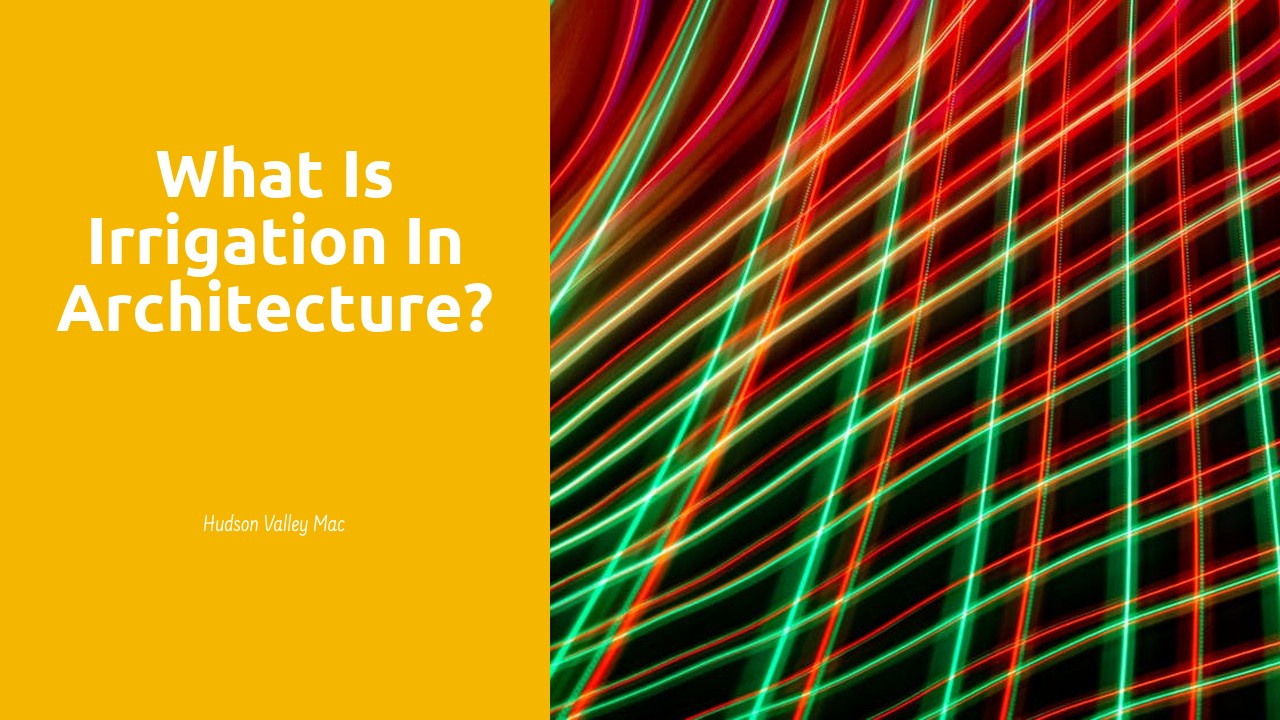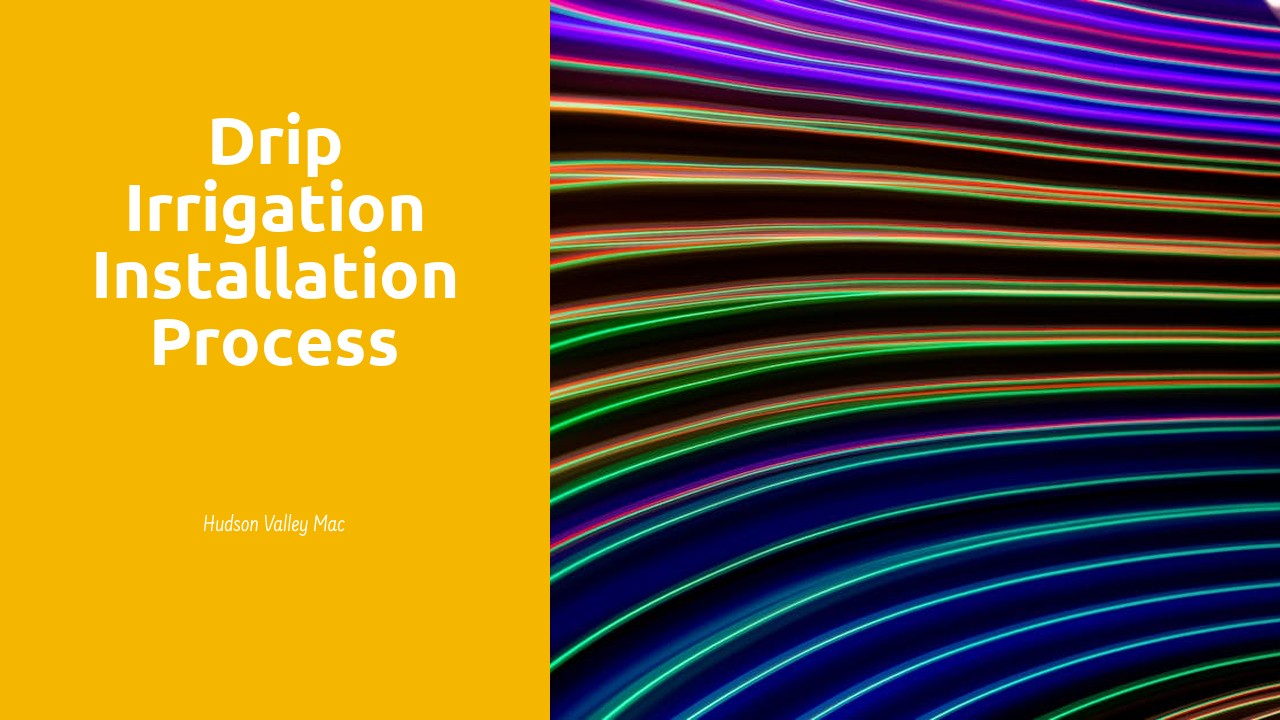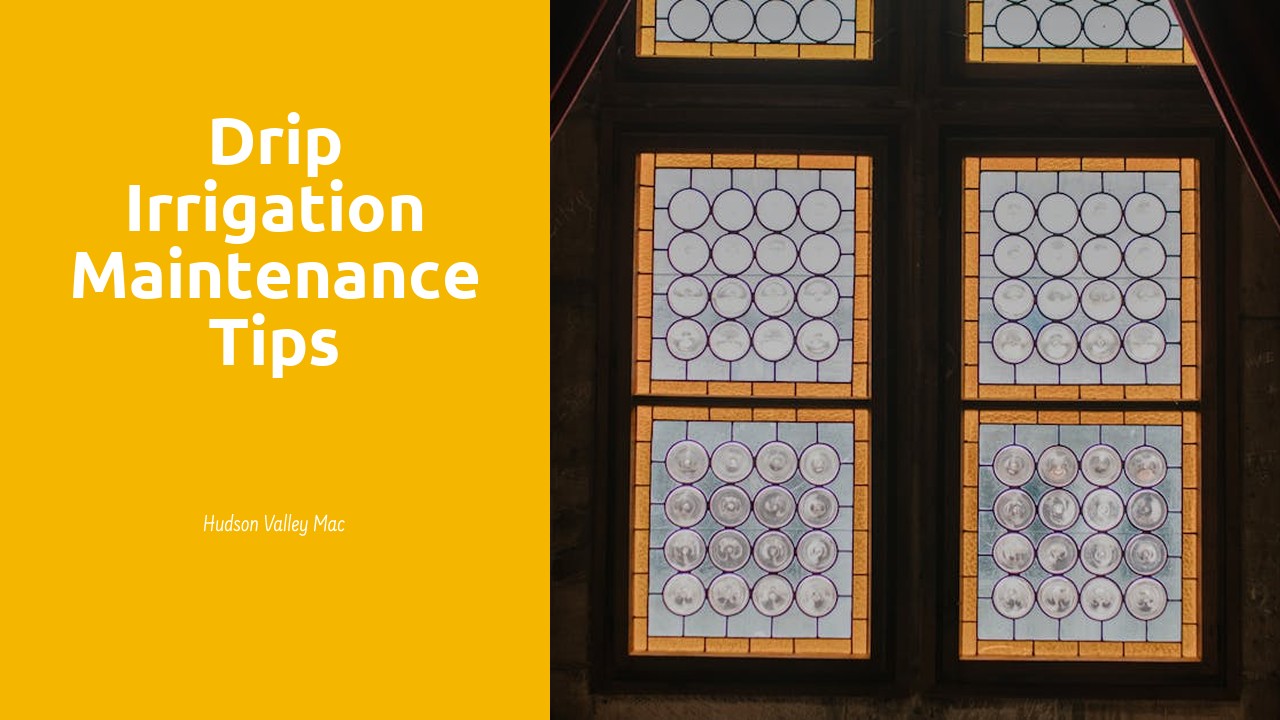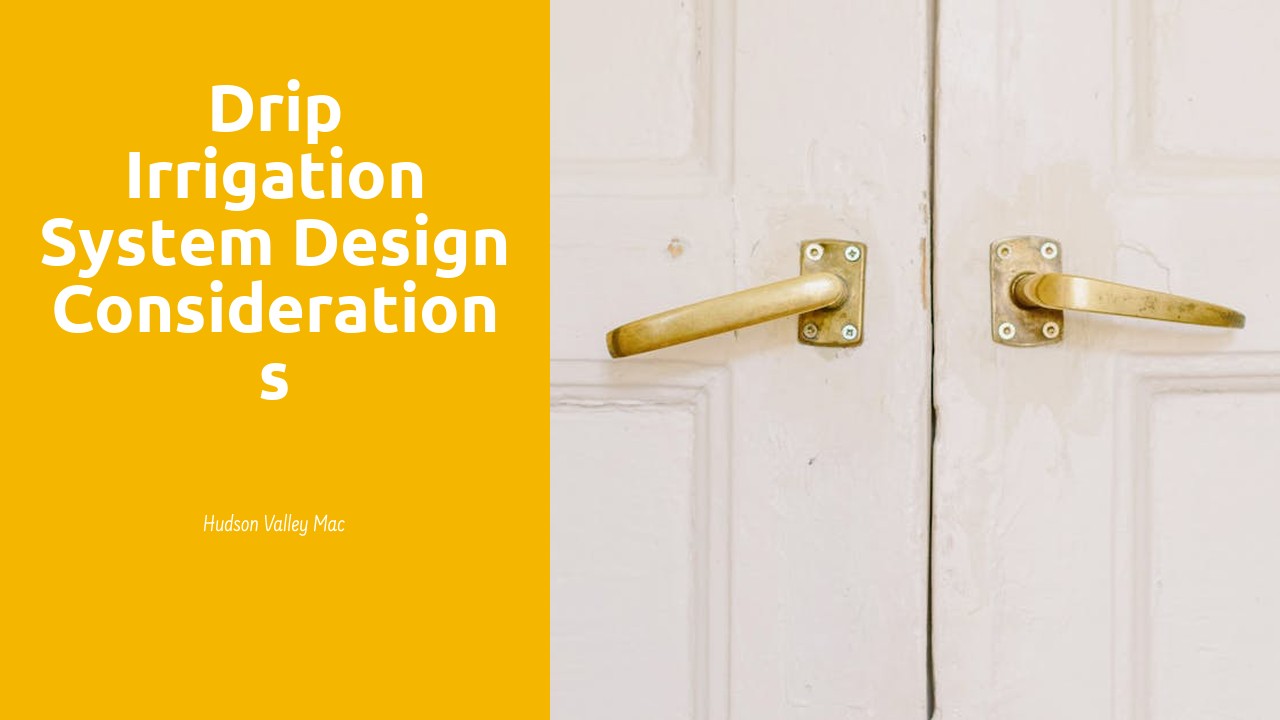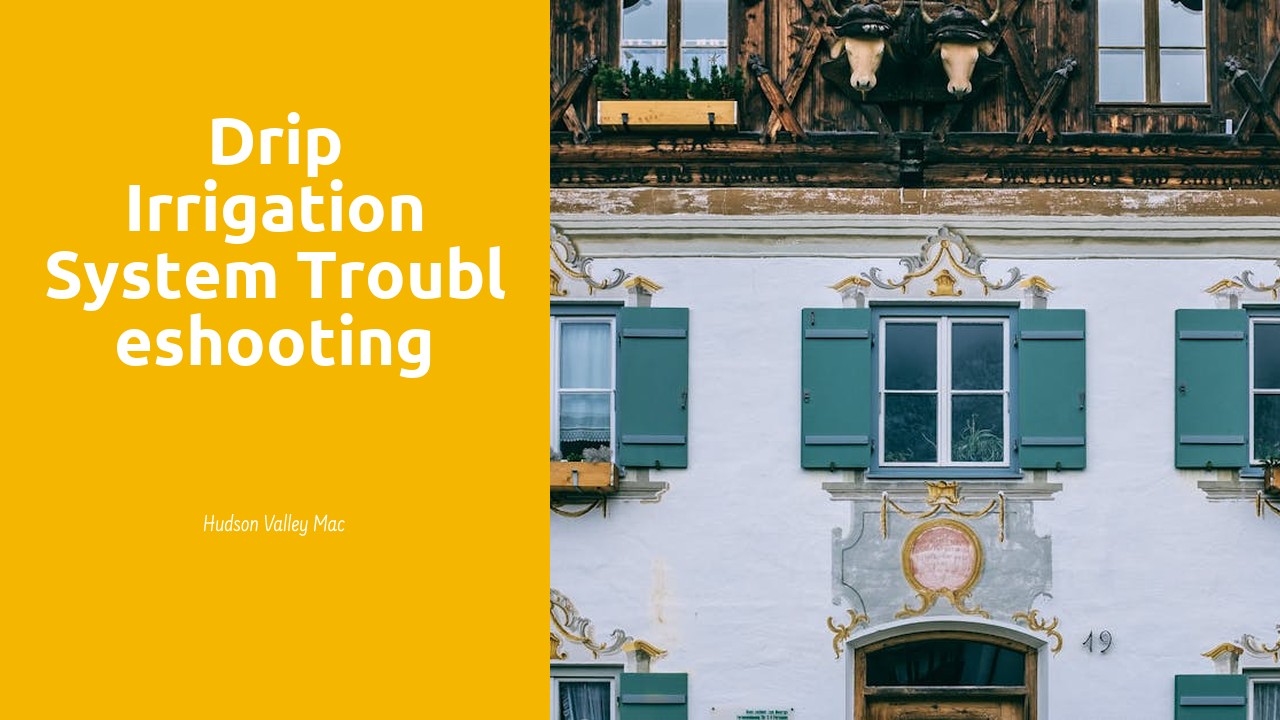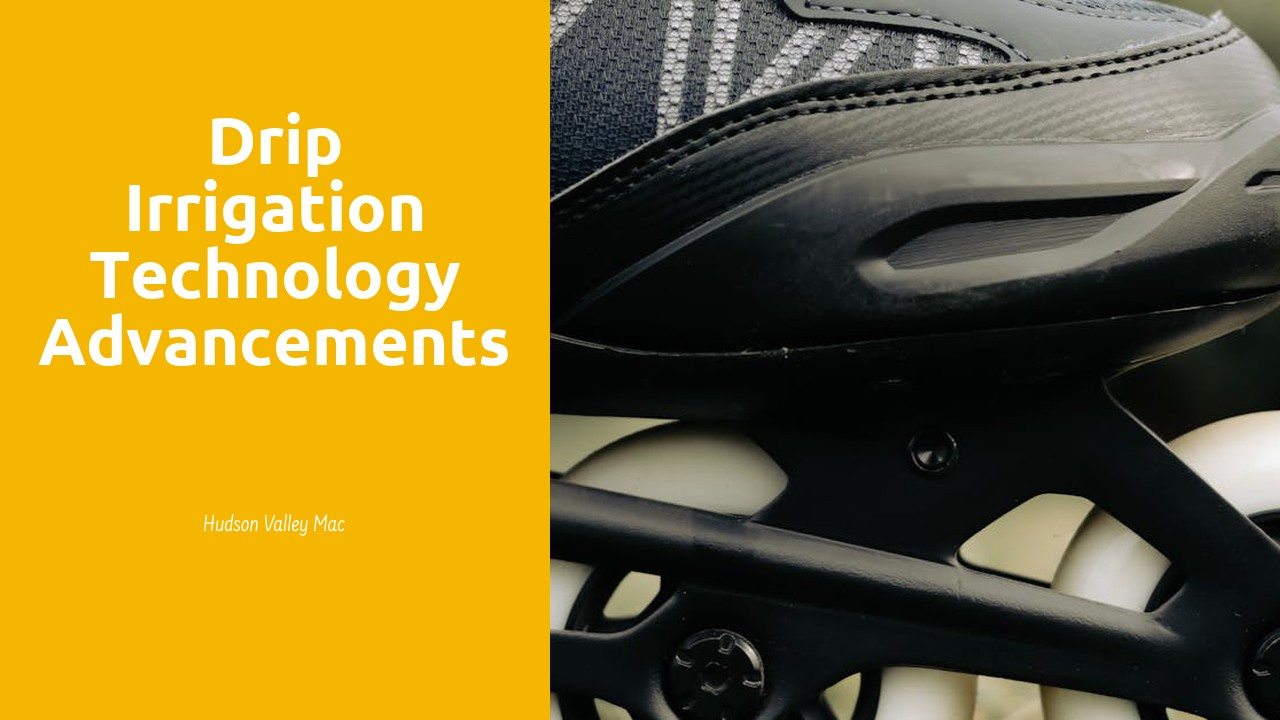
Table Of Contents
Overcoming Challenges in Adopting Drip Irrigation
Adopting drip irrigation technology presents numerous challenges, particularly in regions with established conventional irrigation techniques. Familiarity and reliance on traditional methods often lead to resistance in adopting new technologies. Farmers may hesitate due to the initial investment required for upgrading their irrigation systems from conventional to drip irrigation. In regions like Peterborough, where conventional methods have been long established, shifting to a more intricate system like drip irrigation demands a shift in mindset and investment in training.
Additionally, the lack of understanding and knowledge about the benefits of drip irrigation further complicates the adoption process. Farmers accustomed to traditional irrigation may not fully grasp how drip systems can enhance water efficiency and crop production rates while minimizing water wastage. Educating farmers and providing training programs on the benefits and proper implementation of drip irrigation in regions like Peterborough can help overcome these knowledge barriers. Demonstrating the success stories of farms utilizing Drip Irrigation Design in Peterborough can also serve as a powerful motivator for adoption among skeptics.
Addressing Maintenance and Cost Concerns
Addressing maintenance and cost concerns is crucial in the successful implementation of drip irrigation systems. One key aspect to consider is the initial investment required for setting up the system. The need for quality materials and precise installation can sometimes be perceived as a barrier to adoption in agricultural contexts like Irrigation Design in Newton Robinson, where budget constraints may exist. However, it is essential to recognize that the long-term benefits of drip irrigation, such as water savings and increased crop yield, often outweigh the upfront costs.
Furthermore, proper maintenance practices are integral to ensuring the longevity and efficiency of drip irrigation systems. Regular inspections and upkeep of filters, emitters, and pipelines are necessary to prevent clogging and malfunctions. By staying proactive in maintenance routines and promptly addressing any issues, farmers can minimize downtime and costly repairs. Effective maintenance not only enhances the overall performance of the system but also contributes to sustainable water usage in regions such as Irrigation Design in Newton Robinson, ultimately showcasing the value of drip irrigation in modern agricultural practices.
Case Studies Highlighting Drip Irrigation Success
Drip irrigation has been gaining momentum in the agricultural sector, with significant success stories showcasing its effectiveness. For instance, one notable case study highlights the implementation of drip irrigation design in Timmins, Ontario. The use of this technology has revolutionized the way crops are watered in the region, leading to improved water efficiency and crop yield. The precise delivery of water directly to the plant roots has resulted in better growth and health of crops, ultimately translating to increased profitability for farmers in the area.
Moreover, the adoption of drip irrigation in Timmins has significantly reduced the overall water usage compared to traditional irrigation methods. Farmers have reported up to 50% water savings, which not only benefits the environment by conserving this precious resource but also lowers operational costs for agricultural businesses. The success of drip irrigation design in Timmins serves as a testament to the potential of this technology to revolutionize farming practices and pave the way for more sustainable agriculture in Canada.
RealWorld Applications and Results
Drip irrigation has seen notable success in various real-world applications, showcasing its efficiency and effectiveness. One such application is the implementation of Drip Irrigation Design in Quinte West, where farmers have experienced significant water savings and improved crop yields. By delivering water directly to the roots of plants, this technology has enhanced the productivity of agricultural lands in the region.
Moreover, the utilization of drip irrigation systems in greenhouses has demonstrated remarkable results in improving crop quality and quantity. By precisely controlling the amount of water and nutrients supplied to plants, growers have been able to optimize growth conditions and minimize wastage. The success of these real-world applications highlights the immense potential of drip irrigation technology in enhancing agricultural practices and promoting sustainable water management.
Environmental Sustainability of Drip Irrigation
Drip irrigation technology has made significant strides in enhancing environmental sustainability within agriculture practices. The efficient use of water resources through targeted delivery systems has notably minimized water waste and runoff in various farming operations. The utilization of drip irrigation systems, such as those implemented in Irrigation Design in Aurora, showcases a tangible reduction in water consumption while ensuring optimal soil moisture levels for crop growth.
Moreover, drip irrigation has positively impacted the overall ecological balance by curbing soil erosion and nutrient leaching. By delivering water directly to the roots of plants with precision, this irrigation method significantly reduces the risk of overwatering, thus preventing excess chemicals and nutrients from seeping into the surrounding environment. The sustainable practices promoted by drip irrigation, exemplified in the case of Irrigation Design in Aurora, not only enhance crop yield but also contribute to the preservation of ecosystems for future generations.
Minimizing Water Waste and Runoff
Drip irrigation technology has proven to be a significant asset in the agricultural sector due to its efficiency in water usage. By providing water directly to the roots of plants, this method can reduce water waste and runoff significantly. In Irrigation Design in Whitchurch-Stouffville, for example, the precise delivery of water through drip systems has shown a notable decrease in water consumption while maintaining or even improving crop yields.
Moreover, the controlled release of water in drip irrigation systems minimizes the risk of excess water runoff, which can lead to soil erosion and contamination of nearby water bodies. This aspect of drip irrigation is particularly crucial in regions where water scarcity is a growing concern. By optimizing water usage and minimizing wastage, drip irrigation not only benefits farmers by reducing operational costs but also promotes environmental sustainability in agricultural practices.
FAQS
What are some challenges that farmers face when adopting drip irrigation technology?
Farmers may face challenges such as initial setup costs, lack of technical knowledge, and concerns about maintenance requirements.
How can maintenance and cost concerns be addressed when using drip irrigation technology?
Maintenance and cost concerns can be addressed by implementing regular system checks, scheduling maintenance tasks, and utilizing cost-effective drip irrigation components.
Can you provide examples of successful drip irrigation implementation through case studies?
Yes, case studies showcasing successful drip irrigation implementation in various agricultural settings can highlight the benefits and outcomes of using this technology.
How does drip irrigation contribute to environmental sustainability?
Drip irrigation helps in minimizing water waste and runoff, promoting efficient water usage, reducing soil erosion, and supporting sustainable agricultural practices.
What are some real-world applications and results of using drip irrigation technology?
Real-world applications of drip irrigation technology include improved crop yields, water conservation, soil moisture management, and enhanced crop quality in diverse farming scenarios.


